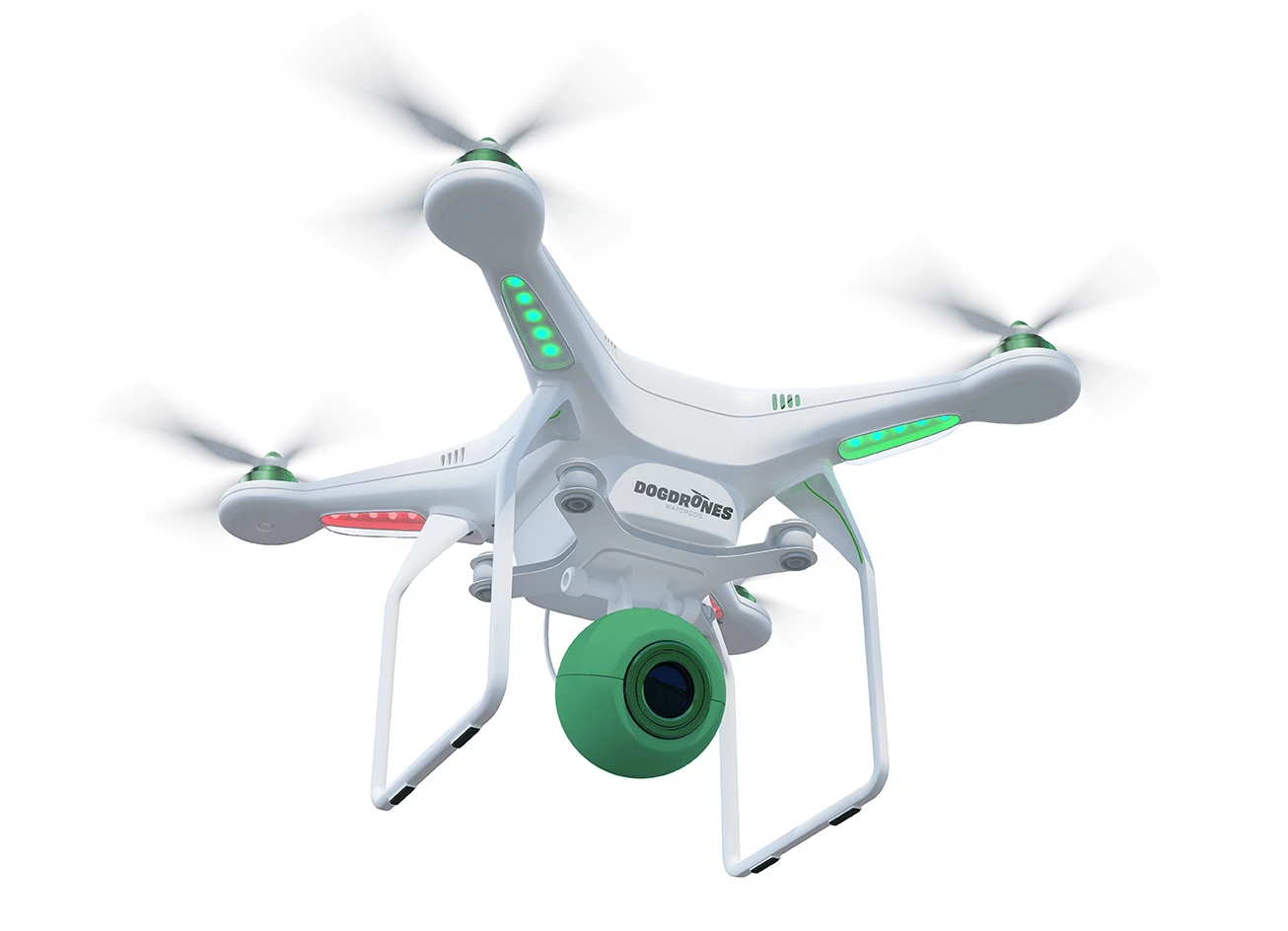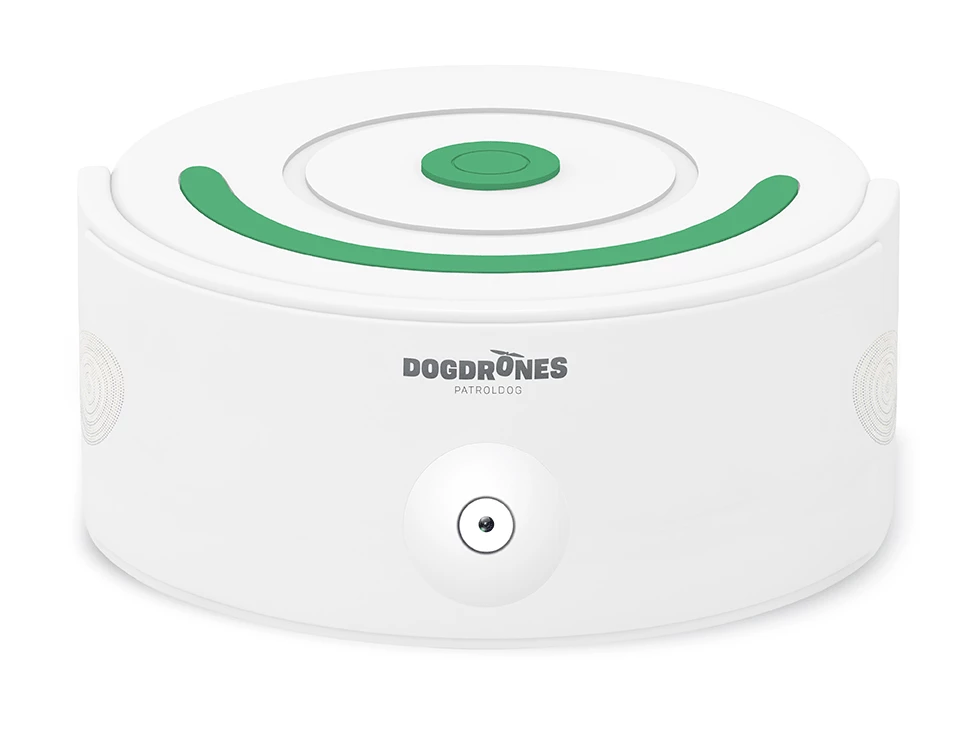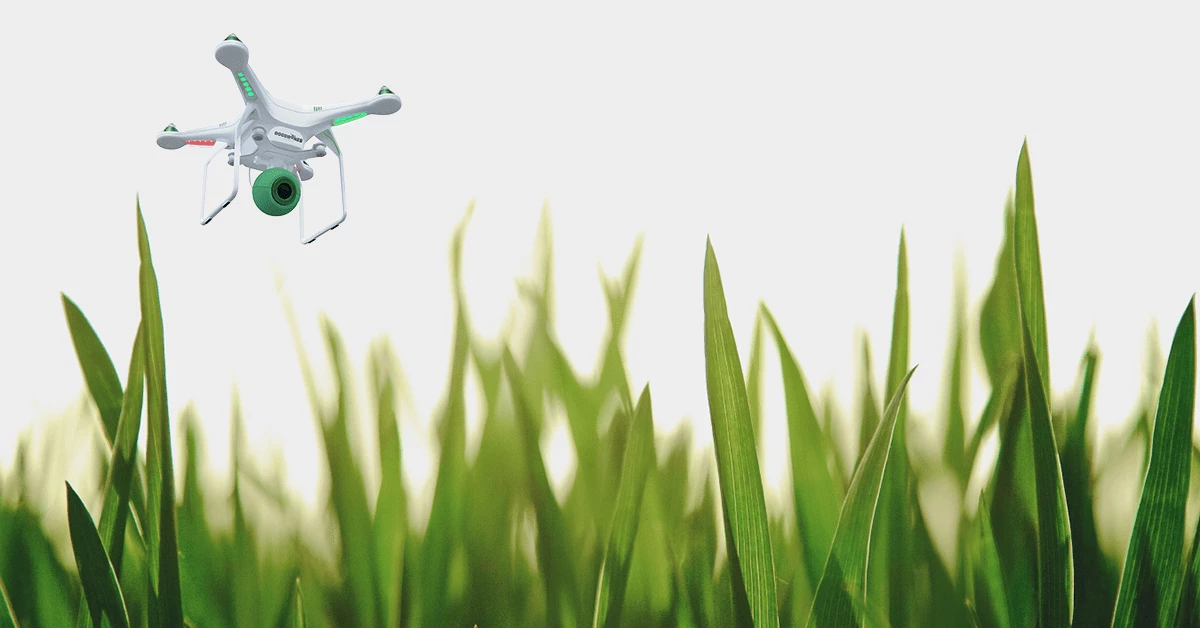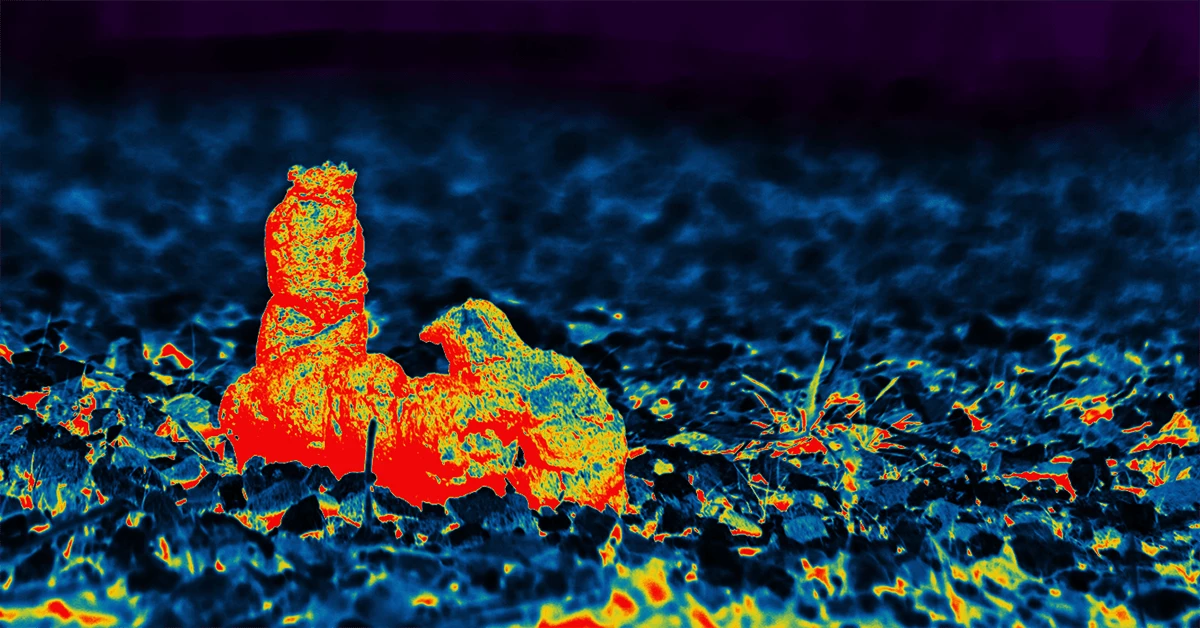As far as the societal impacts of drones go, this one appears on the less significant side of things. But dig a little deeper, if you will, and uncollected dog droppings can have quite a footprint. Dutch purveyor of canine products Tinki estimates that 100 million kg (220 million lb) of dog droppings are not properly disposed of in the Netherlands each year, so it has teamed up with the national test center for drones to develop an automated system that scans the ground and collects what's left behind.
"We have more than 13,000 followers on Facebook, mostly people who own dogs themselves," says Tinki's Gerben Lievers. "They are frustrated about owners that do not clean up the mess of their dogs, as well. In the beginning we were just joking around, but then realized that we can solve a huge problem."
According to Tinki, there are 1.5 million dogs in the Netherlands, each of which poops 2.3 times a day leaving behind an average of 100 g (3.5 oz) of material each time. Some clean up after their dogs, but many don't, so Tinki, together with drone center Space53, set out to develop a system that has the ability to keep Dutch public spaces neat and tidy.

The approach actually involves two separate robots, the first being an aerial drone called Watchdog 1, which is equipped with a thermal imaging camera and generates heat maps of an area, using the warm temperatures of fresh dog droppings to home in on their locations. This is then translated into GPS coordinates and sent off to a ground-based robot called Patroldog 1, which ventures out and collects the droppings.
At this stage, the team has developed prototypes, but says there is a lot of work to do to perfect the approach. The Patroldog 1 in its current form doesn't have the capacity to clean up big quantities of poo, so larger models that can carry the load are under development. It would also like to come up with a clever way to recycle the collected feces.

It is currently looking for volunteers to become test pilots for the early prototypes, but even if the system develops as hoped, a lot of questions remain. Autonomous drones aren't legal under current Dutch law, so the aircraft requires a pilot. But even if the laws are loosened up and the Dogdrones can be let off the leash, how would they work?
Would autonomous Watchdogs continuously hover over streets and public parks on the lookout for freshly laid piles of poo? How would they recharge? How does the ground-based Patroldog 1 overcome obstacles in its path?
With that said, the most widely publicized application of drones – delivery – is itself predicated on various near-term advances in the technology, such as obstacle avoidance, longer flight times and precise and reliable navigation. So if these can be achieved in the coming years, perhaps a drone doing business with your dog's business won't be such a leap.
Source: Tinki





